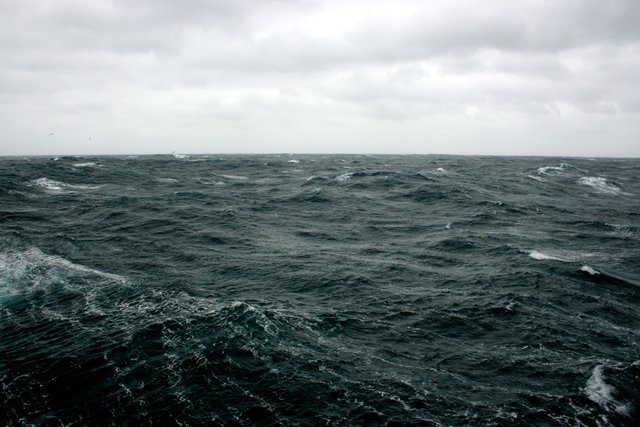
In Chapter VIII of Earth in Upheaval Velikovsky pointed out that any theory purporting to explain the Pleistocene Ice Age must also account for the asymmetry of the Arctic icecap:
All other theories of the origin of the Ice Age having failed, there remained an avenue of approach which already early in the discussion was chosen by several geologists: a shift of the terrestrial poles. If for some reason the poles had moved from their original positions, old polar ice would have moved out of the Arctic and Antarctic circles and into new regions. The glacial cover of the Ice Age could have been the polar icecap of an earlier epoch. Thus would be explained not only the origin of the ice cover but also the fact that its geographical position did not coincide with the present Polar Circles. ―Velikovsky 101–102
But this asymmetry is not the only difference between the northern icecap we find today and the icecap that covered the planet’s Arctic regions at the height of the last ice Age. The latter was also significantly larger than its modern counterpart, which poses problems of its own:
If we take into account the area occupied by ice in the glacial epoch, much larger than the area of the present polar ice, we must conclude that the shifting of the poles alone cannot explain the origin of the glacial cover. The expansion of the glacial cover in its various stages is supposed to be known. The usual estimate of its thickness is between six and twelve thousand feet [1800–3600 m]. From these figures the mass of the ice is calculated and the quantity of water necessary to produce it. The water must have come from the oceans; it is estimated that the surface of the oceans must have been at least three hundred feet [100 m] lower when the ice cover was developed. Some estimates double, triple, quadruple, and even increase sevenfold this figure. But for all the oceans to have evaporated to such an extent, turning many areas of the continental shelf (the sea at the coast to a depth of a hundred fathoms, or six hundred feet [200 m]) into a desert of sand and shells, an enormous amount of heat was necessary. ―Velikovsky 119–120
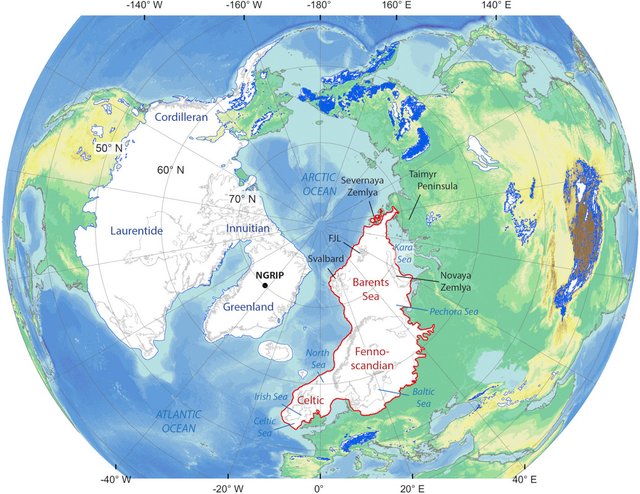
John Tyndall
Velikovsky’s first source is the Irish ―Velikovsky calls him British―physicist John Tyndall, who delivered twelve lectures on the subject of thermodynamics at the Royal Institution of Great Britain in 1862. The lectures were published the following year under the title: Heat Considered as a Mode of Motion: Being a Course of Twelve Lectures Delivered at the Royal Institution of Great Britain in the Season of 1862. Over the course of the following seventeen years this book went through a further five editions. Velikovsky quotes from an edition which he identifies as that of 1883, but I believe he has misread 1863:
Some eminent men have thought, and some still think, that the reduction of temperature during the glacier epoch was due to a temporary diminution of solar radiation ; others have thought that, in its motion through space, our system may have traversed regions of low temperature, and that during its passage through these regions, the ancient glaciers were produced. Others, with greater correctness, have sought to lower the temperature by a re-distribution of land and water. If I understand the writings of the eminent men who have propounded and advocated the above hypotheses, many of them seem to have overlooked the fact, that the enormous extension of glaciers in bygone ages, demonstrates, just as rigidly, the operation of heat as the action of cold.
Cold will not produce glaciers. You may have the bitterest north-east winds here in London throughout the winter without a single flake of snow. Cold must have the fitting object to operate upon, and this object―the aqueous vapour of the air―is the direct product of heat. ―Tyndall 191–192
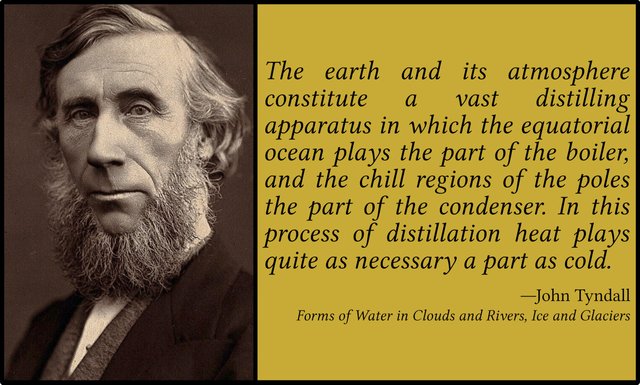
Tyndall then calculates how much heat would have been required to create the glacial icecaps. The result is quite startling:
... therefore, for every pound [0.5 kg] of vapour produced, a quantity of heat has been expended by the sun sufficient to raise 5 lbs [2.5 kg] of cast-iron to its melting point [1204 °C]. Imagine, then, every one of those ancient glaciers with its mass of ice quintupled; and let the place of the mass, so augmented, be taken by an equal mass of cast-iron raised to the white heat of fusion, and we have the exact expression of the solar action involved in the production of the ancient glaciers. ―Tyndall 192–193
As Velikovsky notes, this immediately refutes most of the theories put forward by gradualists or uniformitarians to explain the ice ages. Even today the mainstream view is that ice ages are adequately explained by Milankovitch Cycles, even though these do not explain how so much water could have been evaporated in the first place. It is difficult to see how the polar ice caps could have waxed and waned so many times over the course of the Pleistocene Ice Age without the Earth being subjected to a succession of catastrophic events. When Velikovsky wrote Earth in Upheaval it was still generally believed that the Ice Age had comprised four glaciations (Velikovsky 121). Today, however, the Pleistocene Ice Age is subdivided into no less than seventeen glacials, with as many interglacials (Britannica).
Donald Menzel
The American astrophysicist Donald Howard Menzel is now called upon to give corroborating evidence:
The importance of heat in the formation of the ice cover of the Ice Age was stressed even more by another author, an astronomer of our day (D. Menzel, of the Harvard Observatory) : “If solar variability caused the ice ages, I should prefer to believe that increased warmth brought them on, whereas a diminution of heat caused them to stop.” ―Velikovsky 120–121
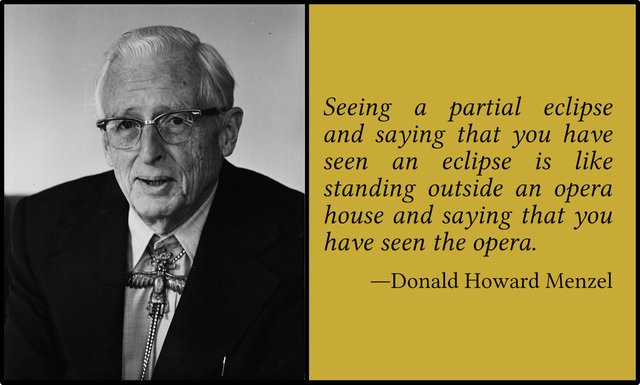
Menzel is a curious source for Velikovsky to be citing. In 1952 Menzel succeeded Harlow Shapley as Director of Harvard College Observatory. Two years earlier, Shapley had tried to forestall the publication of Velikovsky’s Worlds in Collision. Menzel had been Shapley’s research assistant back in the 1920s, and he shared his mentor’s narrow-mindedness and censorial attitude to dissent. In his first year as Director he disputed Velikovsky’s views on the rôle of electromagnetic forces in celestial mechanics.
The passage from which Velikovsky quotes reads as follows:
If we were to turn down the solar heat, I question whether an ice age would result. Evaporation would be diminished. The winters would be colder, but there would also be less snow. The heat of the summer would also be less, but we should lose less of it in the melting of the snow. In fact, we are faced with the paradox that a lessening of solar heat might cause our present polar snows to retreat.
The converse of this paradox also is true, I suspect. An increase of the sun’s heat would enhance evaporation from the oceans. The summer would not be able to melt all of the additional accumulated snow. The ice would slowly advance southward. Thus, if solar variability caused the ice ages, I should prefer to believe that increased warmth brought them on, whereas a diminution of heat caused them to stop. ―Menzel 247–248
Menzel considered the current state of knowledge insufficient to answer the puzzling questions posed by the ice ages, but was inclined to favour a gradualist cause:
The ice ages, however, are extremely complicated phenomena. Geological evidence indicates that not all glaciation was polar. Some was equatorial. To account for the vagaries of ice distribution, some geologists have taken unwarranted liberties with the earth, turning its axis this way or that, shifting the pole, or allowing the continents to drift―like ice floes on the ocean.
Our knowledge of celestial mechanics is insufficient to enable us to calculate all of the details of the earth’s wobbling motion in space. At any rate, the computations are much too complicated for us to attempt them with any less equipment than one of the great mechanical “brains,” which have just become available. Without such calculations as a guide, I hesitate to say that the motions of the earth’s axis or of drifting continents absolutely cannot be responsible. However, the most recent glacial period occurred only 20,000 years ago. And I cannot believe that the earth has changed much in that short a time. ―Menzel 248
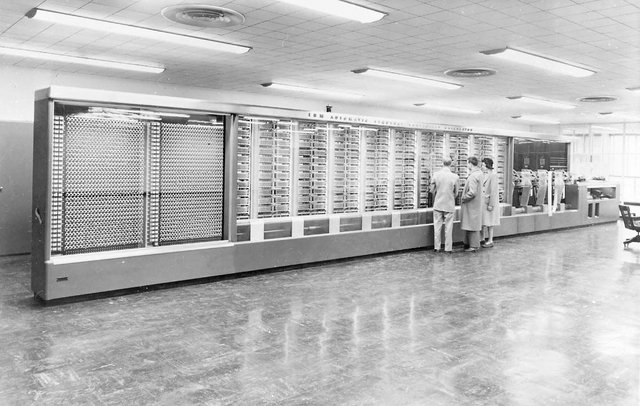
Possible Sources of this Heat
Velikovsky next asks whether we know of any circumstances under which the Earth and its oceans could be heated to such an extent that, all over the globe, evaporation would cause sea level to drop by more than 100 metres? The answer, he believes, must be sought in the celestial sphere:
We cannot imagine any cause or agent for this, unless it be an exogenous, agent, an extraterrestrial cause. For the removal of the poles from their places, or the shifting of the axis, also, only an external agent could have been responsible. ―Velikovsky 121
He considers two possible agents: meteoritic dust and electromagnetism:
On passing through a large cloud of dust particles or meteorites, the earth and its atmosphere would be heated by the direct impact of these bodies on its atmosphere, its oceans, its land. Under such an impact a displacement of the poles or disturbance in axial rotation would also produce heat in every particle of the globe, because of the conversion of a portion of the energy of motion into heat. This is one theoretical possibility.
The other possibility would be that, on passing through a cloud of dust carrying an electromagnetic charge, the earth would react with electrical currents on its surface that would develop a thermal effect. If the earth passed through a strong field, the heat would be very intense. Selecting the better conducting strata, these currents would go through metal-bearing formations, possibly deeper in the crust, sparing life in some quarters and destroying it in others. Such heat could evaporate oceans to a great depth, cause the intrusion of igneous rock into sedimentary rock, start the flow of magma from fissures, and activate all volcanoes. ―Velikovsky 121–122
Either of these would produce the two prerequisites of a glacial period:
The astronomical or geographical shifting of the axis, which is necessary to explain the asymmetry of the polar ice cap.
The heating of the globe, which is necessary to evaporate enough water to create the massive ice sheets of the Ice Age.
It has recently been hypothesized that one of the Earth’s earlier ice ages, the Andean-Saharan Glaciation―460–420 Mya―may have been triggered by an asteroidal impact.
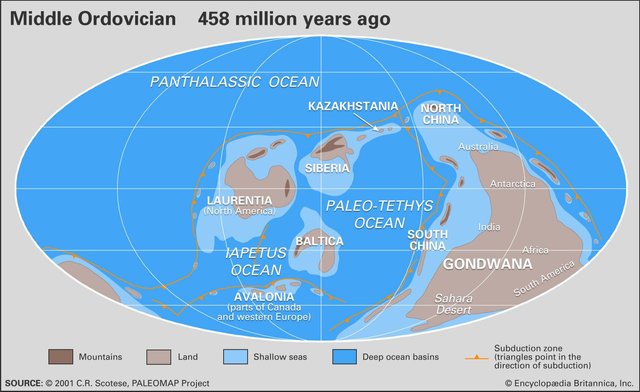
Counterarguments
All that is needed to cause the polar ice sheets to expand, argue the Uniformitarians, is an imbalance between the melting of ice in the summer and the accumulation of ice in the winter. If more ice accumulates in the winter than melts in the summer, the ice caps will expand indefinitely. This, they claim, is precisely the effect of the Milankovitch Cycles.
There are several problems with this theory, some of which Velikovsky has already raised. Firstly, Milankovitch Cycles are periodic, whereas the onset of successive glaciations were less than regular, and their durations varied quite a lot. Secondly, Milankovitch Cycles are always operating, whereas the Earth has only experienced a handful of Ice Ages in its history, each of which has lasted tens of millions of years. Thirdly, this theory does not explain the asymmetry of the polar ice cap during the last Ice Age. Fourthly, this theory is gradualist and requires centuries for the ice caps to wax and wane, whereas we now know that the Earth’s passage into and out of glacials was often very abrupt:
The most spectacular aspect of the YD [Younger Dryas] is that it ended extremely abruptly (around 11,600 years ago), and although the date cannot be known exactly, it is estimated from the annually-banded Greenland ice-core that the annual-mean temperature increased by as much as 10°C in 10 years ...
There are many other examples of abrupt climate change in the last 50,000 years, which bear the rather cryptic names of Heinrich, and Dansgaard/Oeschger events. ―Lamont-Doherty Earth Observatory, Abrupt Climate Change
Some analyses indicate that the end of the Younger Dryas was even more abrupt than previously thought:
While the onset of the YD in the ice cores is gradual, the termination is very abrupt, occurring in as little as 1–3 years in some indicators. Snow accumulation rates during the YD were about half that of the Preboreal, and about one third of modern rates. The changes at the end of the YD were completed in three 5-yr steps spread over about 40 years ... and snow accumulation changed by about 90% in one year ... ―Peteet, Younger Dryas
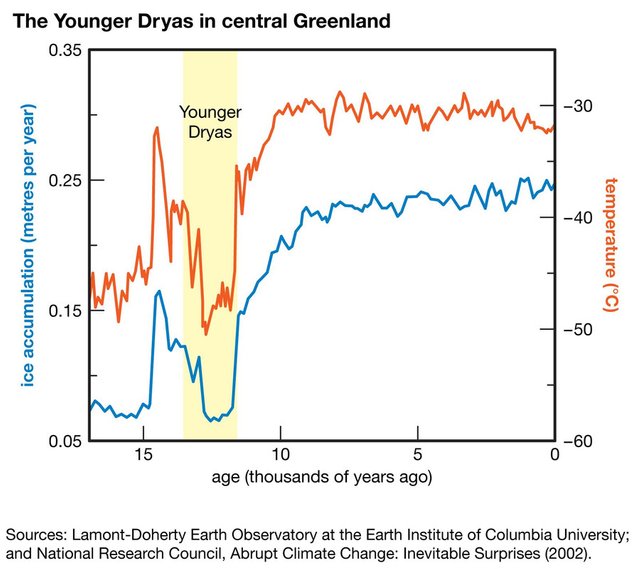
It is becoming increasingly obvious that ice ages and catastrophes go hand-in-hand. As Velikovsky concludes:
The astronomers who oppose the theory of cosmic catastrophes must likewise reject the theory of the ice ages. ―Velikovsky 122
And that’s a good place to stop.
References
- Donald Howard Menzel, Our Sun, The Blakiston Company, Philadelphia (1949)
- Dorothy M Peteet, Vivien Gornitz (editor), **Encyclopedia of Paleoclimatology and Ancient Environments **, SpringerLink, Berlin (2009)
- John Tyndall, Heat Considered as a Mode of Motion, Longman, Green, Longman, Roberts, & Green, London (1863)
- Immanuel Velikovsky, Earth in Upheaval, Pocket Books, Simon & Schuster, New York (1955, 1977)
Image Credits
- Evaporating Oceans: © Louise Manifold (photographer), Aerial/Sparks, Fair Use
- Polar Ice Cap (Last Glacial Maximum): © Henry Patton et al, The Build-Up, Configuration, and Dynamical Sensitivity of the Eurasian Ice-Sheet Complex to Late Weichselian Climatic and Oceanic Forcing, Figure 1 (2016), Fair Use
- John Tyndall: Lock & Whitfield (photographers), Wellcome Images, Public Domain
- Donald Howard Menzel: © Fdavis99, Babette Whipple (photographer), Creative Commons License
- Harvard Mark I, Howard Aiken’s Mechanical Brain: © IBM, IBM Archives, Fair Use
- Ordovician Palaeography: © Encyclopaedia Britannica (design), © Christopher R Scotese (data), PALEOMAP Project, Fair Use
- Abrupt Climate Change (Younger Dryas): Lamont-Doherty Earth Observatory (data), Earth Institute of Columbia University, © Encyclopædia Britannica, Inc (design), Fair Use
